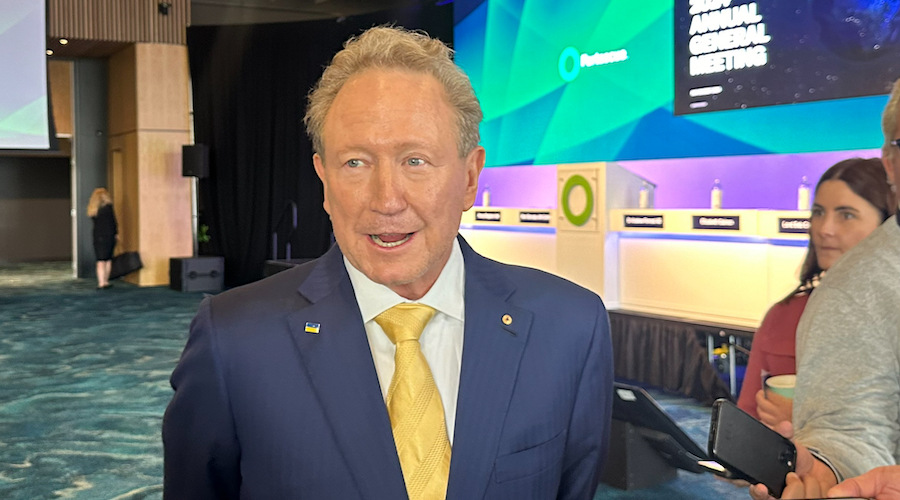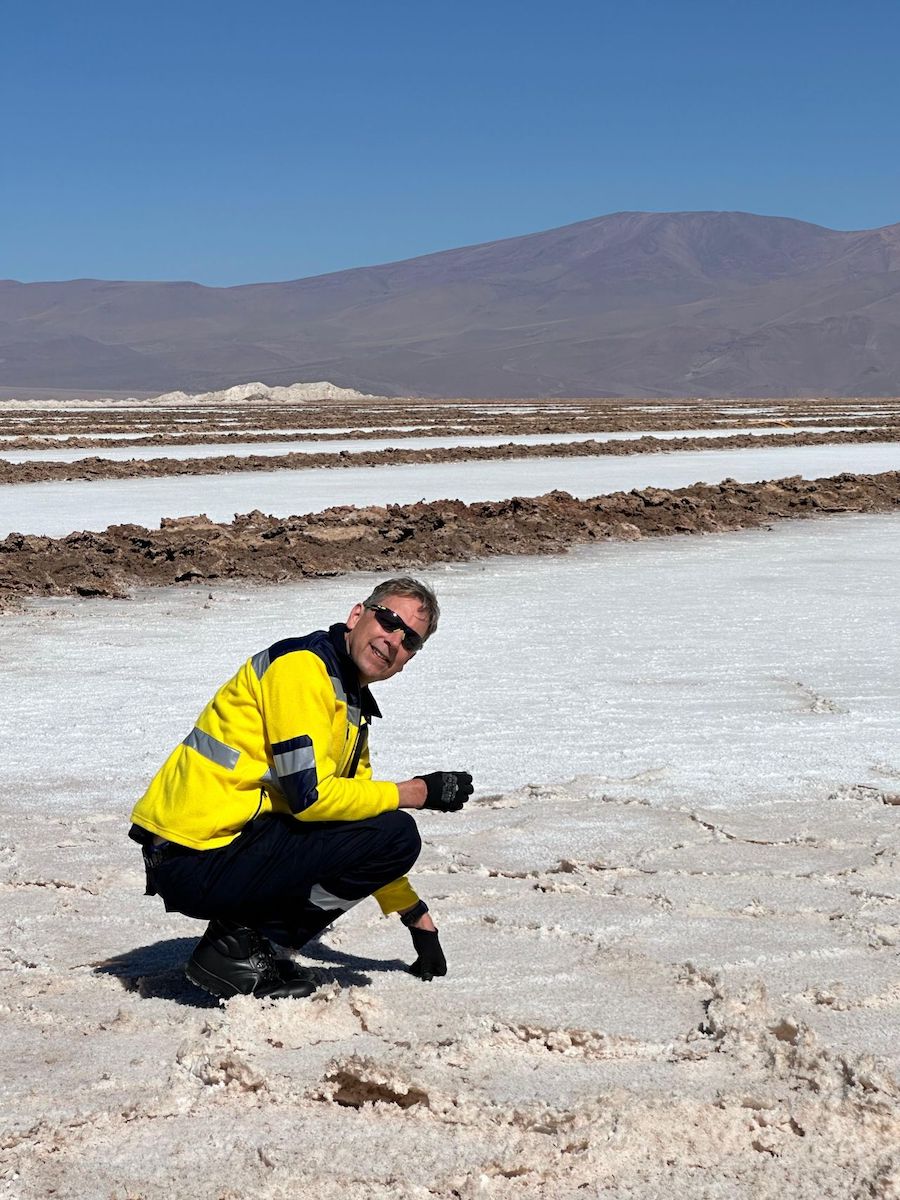Emerging Markets on Buying Spree
It’s getting to be common news for a Chinese company (usually with links to the government) to buy a foreign commodities producer to secure supplies of coal, oil, iron ore and other assets to fulfill the country’s ambitious growth plans.
China is not alone on this shopping spree. We came across some new data, for example, that shows a clear trend of emerging-market countries increasing their ownership stakes of companies in the developed world.
This is yet another indicator of the shifting balance in global wealth from the developed toward the emerging economies.
China, the Middle East and India led a rebound in the number of emerging-market entities acquiring developed-world companies (E2D), according to KPMG’s Emerging Markets International Acquisition Tracker (EMIAT).

EMIAT showed that 102 E2D transactions were completed in the second half of 2009, compared to 78 such deals in the first six months of the year. The chart above shows the trend for both E2D deals and developed-market companies buying assets in emerging nations (D2E), which have trailed off since the start of the Great Recession.
A little more detail on the EMIAT: it covers 12 developed economies and 11 select emerging economies, and for a deal to count, the buyer must buy at least 10 percent of the overseas company.
In 2009, Chinese companies made 50 acquisitions in the developed markets (which include Hong Kong), the highest number since EMIAT began in 2003. There were 86 deals going in the opposite direction, the lowest figure recorded by KPMG.
China’s outbound deals last year included Sinopec’s purchase of Addax Petroleum for $7.3 billion, Yanzhou Coal’s $2.9 billion deal for Felix Resources and PetroChina’s outlay of $1.7 billion for a stake in Athabasca, the Canadian oil sands producer.
PriceWaterhouseCoopers estimates that China’s overseas deals may grow 40 percent this year – already its national oil company is aiming to buy half of a major producer in Argentina for some $3 billion, and it has its eye on a number of other targets.
For India, last year’s numbers were 25 and 73, respectively. India is the leading E2D dealmaker since 2003, with more than 400 completed transactions. Brazil was a laggard in this trend in 2009: just two E2D deals and 20 D2E deals.
KPMG says it noticed an especially strong trend involving commodity and other resource-related acquisitions in the second half of 2009. It also predicted that oil-fueled Middle East sovereign wealth funds (Abu Dhabi’s alone is estimated at $600+ billion) will soon get busier. Once this occurs, KPMG says, expect the spread between D2E and E2D to narrow dramatically.
The major emerging markets are growing much faster than the developed markets. Companies in these developing countries have used this leverage to build a stronger supply chain of natural resources that will allow them to maintain this brisk pace when the competition for scarce resources heats up.
This is just one of the ways that China and other emerging markets are tilting the global economy so more of the world’s wealth flows their way.
More News
{{ commodity.name }}
{{ post.title }}
{{ post.date }}



Comments